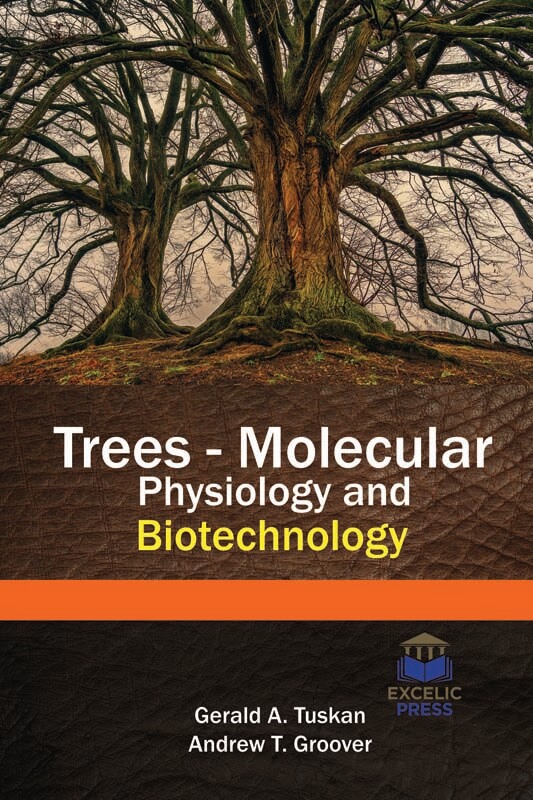Trees are an important part of our daily lives. Without trees, Earth would be a very dry place. Trees make our environment beautiful with their different colors, flowers, and shapes and they provide us with shade and relief from the sun’s heat and harmful rays. The latest research has been working on models that can help predict breeding, defining speciation and local adaptation, detecting and characterizing somatic mutations, revealing the mechanisms of gender determination and flowering, and applications of systems of biology approach to model complex regulatory networks underlying quantitative traits. New technologies are being explored, such as the single-molecule, long-read sequencing, as more and more woody plant species and genotypes within species are being sequenced. Thus, we can now use a comparative approach to understand the interesting biology of large woody plants.
Understanding of molecular physiology and biotechnology is opening the way for genetic control of trees; this book provides the latest and wide-ranging information about tree characterization, biological understanding, and development through biotechnological and molecular tools. In this book, we will explore the current understanding of the science behind major groups of hardwood trees, which are to known to outline the current assembly and annotation metrics, along with a study of the applications of these resources, which are in practice right now. The book goes on to discuss online resources available for these genomes and also provide resources that will help us compare other angiosperm species. The availability and research value of the different genomes of hardwood trees will be increased with the near-term technologies and analytics that will be available. This book also goes into the response of plant cell walls to various abiotic stresses such as drought, flooding, heat, cold, salt, heavy metals, light, and air pollutants. The effects of these stress are discussed at various levels: physiological (morphogenic), transcriptomic, proteomic and biochemical levels. Even though we have learned a lot about the consequences of a deficit of water on cell wall structures and dynamics, a lot still remains to be studied before key cell wall polymers can be targeted to produce useful results in engineering drought-resistant crops. This book summarizes the most recent advancements in the effects that these abiotic stresses (drought, flooding, heat, cold, salinity, metals, light irradiance, and air pollutants) have on the metabolism of the primary and secondary cell walls. Drought resistance programs that will be designed in the future will be benefitted significantly with a better understanding of the intricate networks that ameliorate molecular and ecological traits of forest trees. In this book, further, we highlight the molecular physiology of drought-stressed forest trees and present an overview of recent biotechnological approaches to improve the drought tolerance of trees with a focus on yield and enhanced stress resistance. Overall, this book will appeal to graduate students, practitioners, researchers, and professionals associated with the field.














Reviews
There are no reviews yet.